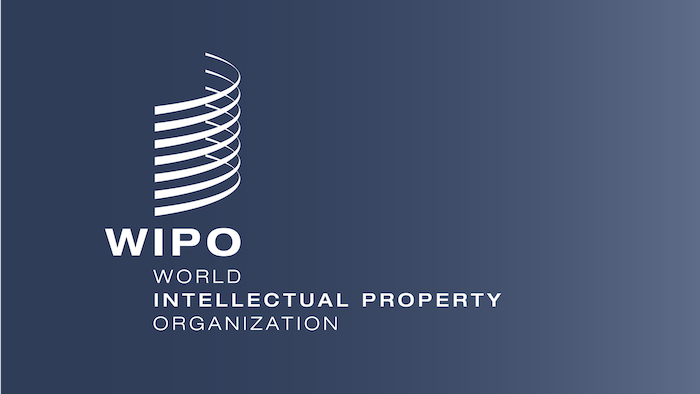
Nigeria has ranked 105th in the World Intellectual Property Organisation (WIPO) Global Innovation Index (GII) 2025, with Sub-Saharan Africa leading in the number of economies over-performing.
WIPO is the United Nations agency that serves the world’s innovators and creators, ensuring that their ideas travel safely to the market and improve lives.
Although Nigeria was not ranked among the first 100 of the nearly 140 world economies evaluated on their innovative performance in GII 2025, at 105th, it was adjudged one of the fastest climbers this year, and ranked number one globally in unicorn valuation, showing increasing depth in high-tech imports and venture capital funding.
A unicorn is a start-up company valued at over $1 billion, which is privately-owned, but not listed on the stock market.
According to the report, Sub-Saharan Africa continues to make steady progress in 2025, with 10 economies improving their rankings. Mauritius (53rd) remains the region’s top performer, with South Africa (61st), Seychelles (75th), Botswana (87th) and Senegal (89th).
Mauritius excels in venture capital activity, particularly in VC investors. South Africa advances and maintains a strong position in ICT services imports and global brand value.
Namibia (91st) made the region’s biggest leap, climbing 11 ranks and leading the world in education spending.
It also performs well in public–private research collaboration and foreign direct investment (FDI) inflows, signalling a growing innovation ecosystem.
Senegal rose three places, showing strength in unicorn valuation and microfinance access. Nigeria, at 105th position, is trailing Rwanda (104th), the region’s longest-standing innovation over-performer.
Five of the six new entrants to GII in 2025 were from Sub-Saharan Africa—Seychelles, Malawi (125th), Lesotho (132nd), Guinea (133rd), and Congo (137th).
Switzerland, Sweden, the United States (US), Republic of Korea, and Singapore topped GII 2025 ranking, followed by the United Kingdom, Finland, Netherlands, Denmark, and China, which broke into the top 10 for the first time.
GII 2025 used some 80 indicators, ranging from research and development (R&D) spending, venture capital (VC) deals, high-tech exports, and intellectual property filings in evaluating nearly 140 world economies on their innovative performance.
It is the world’s benchmark resource for policymakers, business leaders and others in promoting innovation and building strong innovation ecosystems.
In GII 2025, 17 low- and middle-income economies are performing above expectations for their level of development, with India and Vietnam as longest-running innovation over-performers.
Since its inception in 2007, GII has shaped the innovation measurement agenda and become a cornerstone of economic policymaking, with an increasing number of governments systematically analysing their GII results and designing policy responses to improve performance.
Published annually, the core of GII provides performance metrics and ranks around 140 economies on their innovation ecosystems.Ndubuisi Francis



